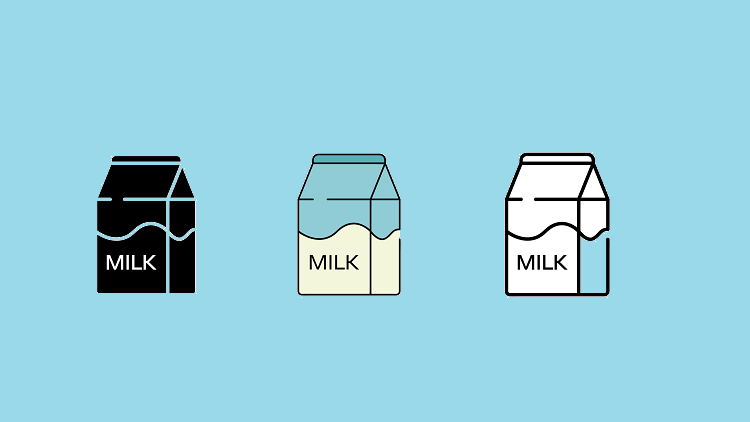Allergies and microbiome: Amino acid and synbiotic formula helps develop tolerance to cow’s milk – Danone RCT

This is according to a year-long multicentre RCT funded by Danone Nutricia Research.
At 12 months old, 49 per cent of all babies who took part in the study became tolerant of cow’s milk, and this grew to 62 per cent by the time they turned 24 months old.
Findings of the research will be published in the Journal of Allergy and Clinical Immunology, with a pre-proof version now available online.
Cow’s milk allergy is one of the most common food allergies in early life.
Most children will gradually outgrow the allergy and develop tolerance to milk proteins over time.
However, the development of cow milk tolerance is slower for children with lgE-mediated cow’s milk allergy than those with non-lgE-mediated cases. In some cases, it might take five years or more for cow’s milk tolerance to develop.
In this RCT, researchers compared the use of an amino acid based infant formula (AAF) versus a similar formula with synbiotics added (AAF-S). The synbiotics comprised of the prebiotic oligosfructose and inulin and the probiotic Bifidobacterium breve M-16V. Both infant formulas were produced by Nutricia.
The trial involved 169 babies between seven to 11 months old from six countries, including Singapore, Thailand, Germany, Italy, US, and UK. Forty-nine per cent of them were Asian and 44 per cent Caucasian.
It is said to be the first RCT for investigating cow milk tolerance development and safety of using an AAF-S for 12 months in babies.
Nearly 50 per cent of all babies were tolerant to cow’s milk at 12 months and this grew to 62 per cent when they turned 24 months old.
A breakdown shows that at 12 months old, more babies from the AAF group (52 per cent) were cow’s milk tolerant, compared to 45 per cent from the AAF-S group.
At 24 months old, the trend reversed, with more from the AAF-S group becoming tolerant to cow’s milk (62 per cent versus 59 per cent).
However, there was no statistically significant difference between the two groups in their development of cow’s milk tolerance.
“Tolerance to cow’s milk at 12 and 24 months was not statistically significantly modified by the addition of a synbiotic mixture to AAF.
“It should be noted that more subjects in the AAF-S group had higher cow’s milk-specific IgE levels and were sensitised to multiple foods, which are both factors associated with a delayed outgrowth of cow’s milk allergy,” the researchers said.
Lower risk of hospitalisation
There was a significantly lower rate of infections-related hospitalisation in babies from the synbiotic group.
Nine per cent of babies from this group (seven out of 80) required hospitalisation due to infections, versus 20 per cent from the other group (18 out of 89).
Overall, more than 80 per cent of the babies reported adverse events related to infection during the one-year study period.
“Infants with IgE-mediated cow milk allergy receiving AAF including synbiotics developed cow’s milk tolerance in line with natural tolerance development and may be at lower risk for hospitalisation-requiring infections,” the researchers said.
Gut microbiota changes
In addition, babies from the synbiotic group developed gut microbiota close to that of healthy infants feeding on breastmilk.
Six months into the trial, this group of babies had a higher mean percentage of bifidobacteria at 37.1 per cent, while that of the non-synbiotic group was significantly lower at 6.5 per cent.
At the one-year mark, babies from the synbiotic group continued to have a significantly higher mean percentage of bifidobacterial at 23.9 per cent, versus 6.5 per cent in the non-synbiotic group.
Furthermore, there is a lower mean percentage of Eubacterium rectale/Clostridium coccoides (ER/CC) in babies from the synbiotic group six months into the study.
Their mean percentage of ER/CC was 14.6 per cent, significantly lower than that of the non-synbiotic group, which was 32.6 per cent.
However, the difference was no longer significant by the end of the study.
The measurement of ER/CC is relevant, because infants with cow’s milk allergy typically have higher levels of Eubacterium rectale/Clostridium coccoides and lower levels of bifidobacterial.
Source: Journal of Allergy and Clinical Immunology
Tolerance development in cow’s-milk-allergic infants receiving amino-acid-based formula- a randomized controlled trial
https://doi.org/10.1016/j.jaci.2021.06.025
Authors: Pantipa Chatchatee et al



